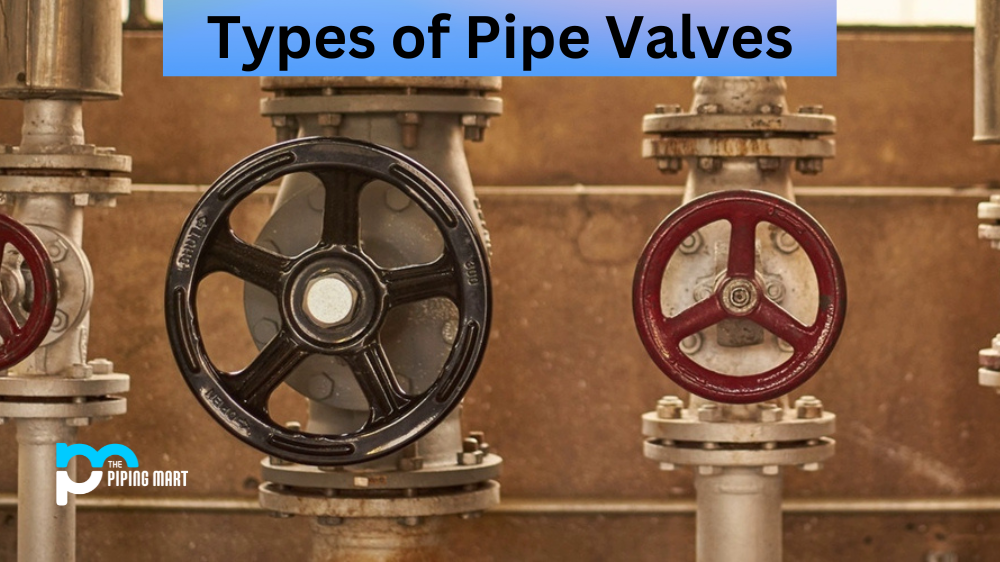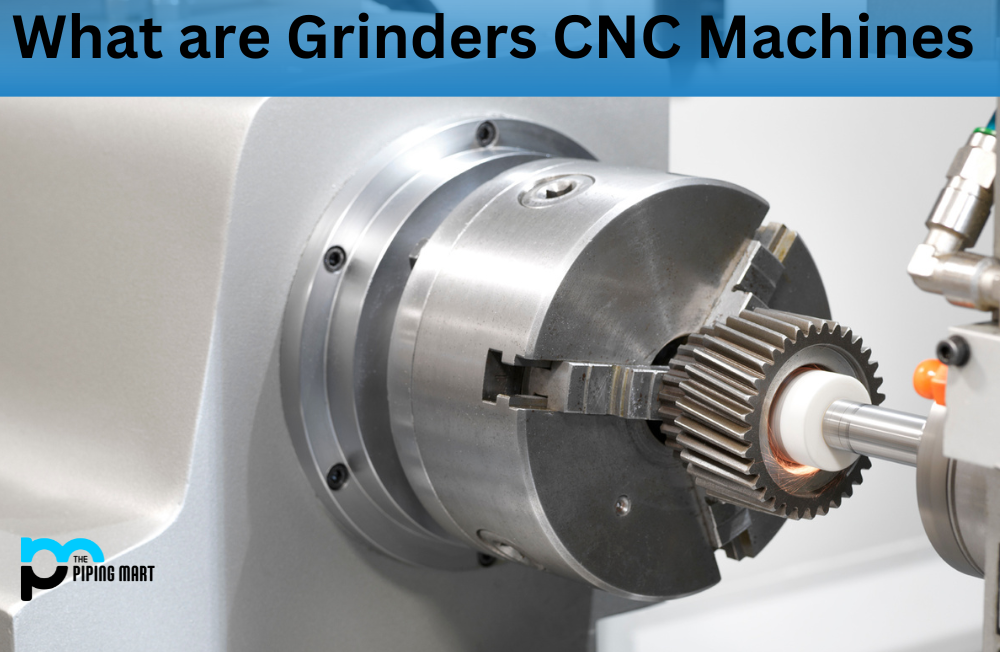Aluminium angles are an essential component for many industrial and construction projects. They are versatile, durable, and have excellent strength-to-weight ratio. Aluminium angles are commonly used in various applications such as framing, brackets, trims, and supports. If you’re wondering which type of aluminium angle to choose for your project, this guide covers you. In this comprehensive guide to aluminium angles, we’ll take you through everything you need to know.
What is an Aluminium Angle?
An aluminium angle is an L-shaped metal profile with two sides of equal or unequal length. The angles can be extruded or rolled from aluminium billets. They are available in various thicknesses, widths, and lengths to suit different applications. The most common aluminium alloys used in making angles are 6061 and 6063.
Types of Aluminium Angles
There are two main types of aluminium angles: equal and unequal angles. Equal angles have the same length on both sides, while unequal angles have different lengths on each side. Additionally, there are a variety of other aluminium angle profiles, such as square, round, and rectangular angles.
Properties of Aluminium Angles
Aluminium angles have many properties that make them suitable for various applications. Firstly, they are lightweight yet have high tensile and compressive strength. They are also highly corrosion-resistant, making them ideal for outdoor use. Additionally, aluminium angles are easy to fabricate, weld, and cut to size, making them versatile.
Applications of Aluminium Angles
Aluminium angles are used in a variety of applications across many industries. They make brackets, frames, window and door frames, and structural supports in construction. In transportation, they are used to manufacture car and boat fittings. In electronics, they are used to construct TVs, monitor stands and computer mounts.
How to Choose the Right Aluminium Angle
When choosing an aluminium angle, it’s important to consider several factors. These include the required strength, flexibility, and durability of the angle. Additionally, the angle dimensions – length, width, and thickness – should be considered. Finally, the corrosive environment in which the angle will be used is also important.
Conclusion:
Aluminium angles are essential components in many industrial and construction projects. They are versatile, durable and have excellent strength-to-weight ratio. Understanding the properties of aluminium angles and the applications they can be used in will help you make an informed decision when choosing the right angle for your project. With this comprehensive guide, you can confidently select the best aluminium angle to meet your needs.

A passionate metal industry expert and blogger. With over 5 years of experience in the field, Palak brings a wealth of knowledge and insight to her writing. Whether discussing the latest trends in the metal industry or sharing tips, she is dedicated to helping others succeed in the metal industry.




